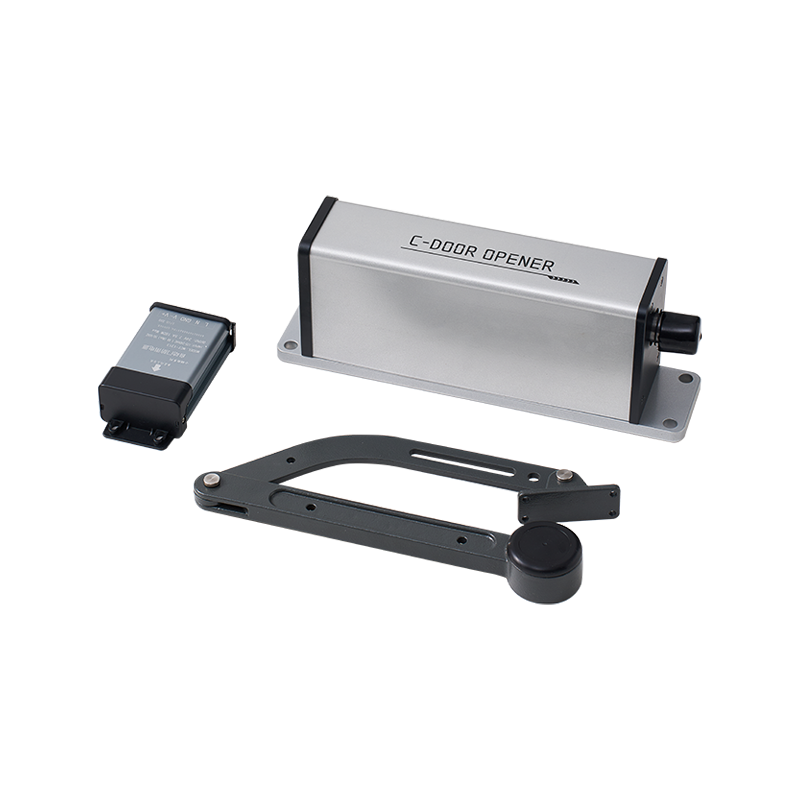BT001 Honda Accord Windshield Wiper Motor
Power Voltage 12V DC, 35W No-load Current Low speed ≦1.5A, high speed ≦2.0A No-loa...
View MoreAccessibility for Special Populations
Automatic doors are designed to provide ease and convenience for everyone, from busy professionals to individuals with disabilities. However, for vulnerable populations such as the elderly and children, additional considerations are needed. The Automatic Door Motor plays a pivotal role in ensuring these groups can safely use automatic doors without risk of injury or difficulty. Whether it's preventing accidents or making the door easier to operate, it's crucial to assess how well these systems cater to the needs of older adults and children.

Ensuring Safe Operation for the Elderly
For elderly individuals, safety and ease of use are important aspects of any automated system, including automatic doors. As people age, physical limitations such as slower reaction times, reduced strength, and balance issues become more pronounced. A poorly designed Automatic Door Motor can cause inconvenience or even harm if it closes too quickly, is too heavy to push open manually, or lacks sufficient safety features.
To ensure safety for the elderly, modern Automatic Door Motors are equipped with sensors and systems that stop the door's movement if resistance is detected. Anti-pinch technology, which reverses the door’s motion if it encounters an obstruction, is vital for preventing injuries such as pinched fingers or trapped clothing. Additionally, automatic doors can be programmed to open more slowly or remain open for longer periods, providing extra time for elderly users to pass through without feeling rushed.
Adapting to Children's Needs and Safety Considerations
While children generally benefit from the convenience of automatic doors, they can also be at risk if proper safety measures aren’t in place. Automatic doors can pose a danger if they close too forcefully or too quickly, potentially injuring a child who may be slower to move through the door or playing in the vicinity. Therefore, manufacturers of Automatic Door Motors have designed child-friendly features that address these concerns.
For instance, many automatic doors use motion sensors and safety beams to detect a person’s presence. This ensures that the door won’t close on children running or playing in its path. Additionally, child-proof settings can be incorporated into the door’s control system to restrict the closing force, which helps prevent any accidents in high-traffic areas like schools or playgrounds. To further reduce risks, automatic doors can be programmed to stop or reverse movement when an obstruction is detected, ensuring children are not caught by surprise.
Key Features to Enhance Safety for Vulnerable Groups
To better meet the needs of elderly and child users, Automatic Door Motors should include several essential safety features. Adjustable speed settings can help ensure that the door opens and closes at a pace that is safe for all users. Slower speeds give elderly users more time to react, while children are less likely to be caught off guard.
Pressure-sensitive edges are another critical component. These edges detect when an obstruction is present and automatically stop or reverse the door’s movement to avoid injury. Many modern systems incorporate infrared sensors that detect human movement in the door’s path, allowing it to open and close smoothly without the risk of being slammed shut unexpectedly.
Manual overrides are also important. These allow elderly or disabled individuals to open the door manually in case the automatic system malfunctions or if they prefer more control over its operation. Moreover, the use of clear signage and visual or audible indicators can alert elderly and child users when the door is about to open or close, improving accessibility and reducing anxiety.
Tailoring Automatic Door Motors to Special Needs
Automatic Door Motors, when designed with the right features, can be a good solution for enhancing accessibility for both elderly individuals and children. By incorporating safety mechanisms such as anti-pinch sensors, adjustable speeds, pressure-sensitive edges, and motion detectors, these systems can help prevent accidents while providing convenience. Proper maintenance and careful attention to the unique needs of vulnerable populations are essential to ensuring the safety and effectiveness of automatic doors. When used correctly, these systems significantly improve the quality of life for elderly and child users, allowing them to navigate spaces independently and safely.